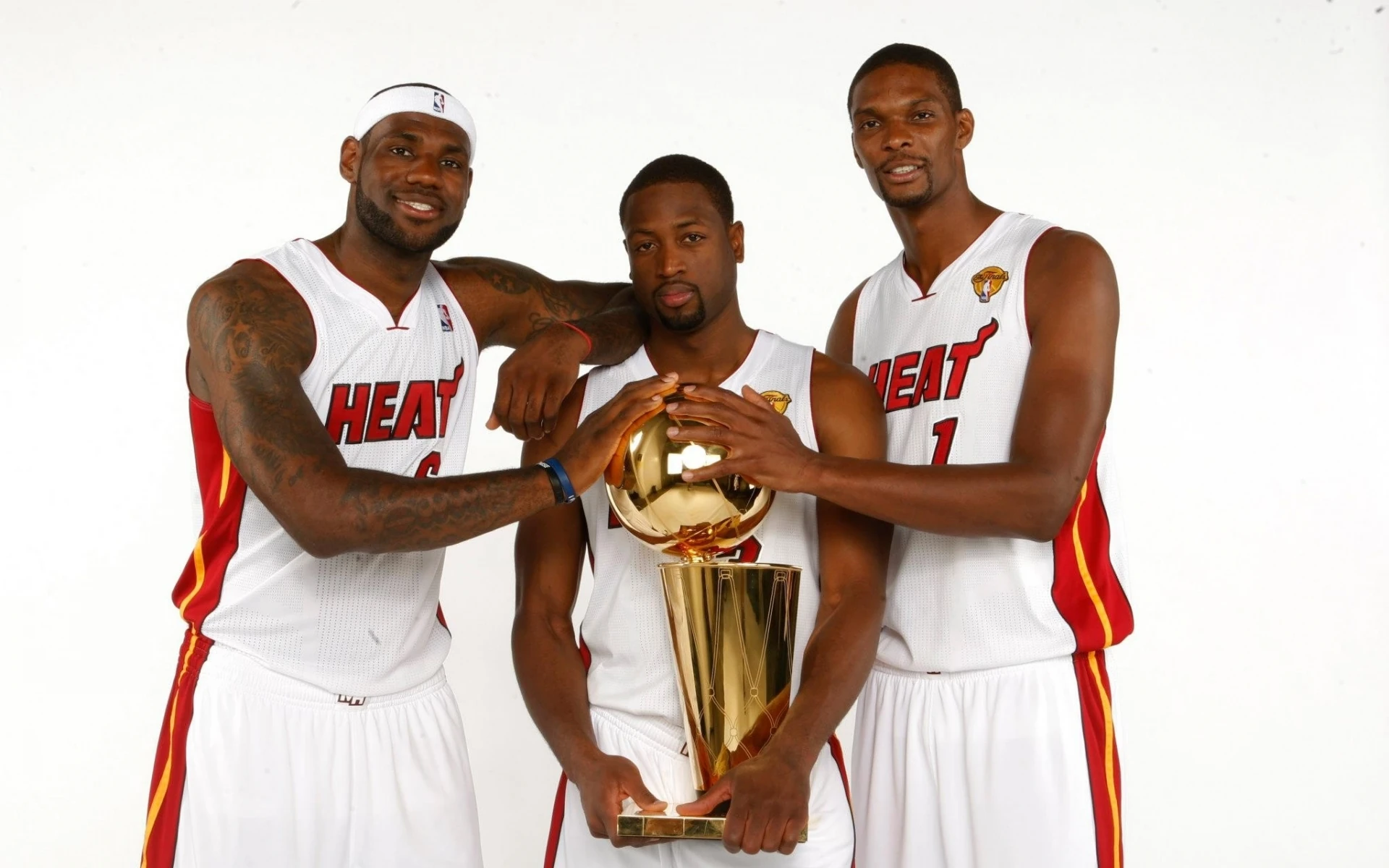Over the next three segments, we will be examining the causes and effects over the past couple of years of the greatest amount of capital ever being spent in sports.
Part I: NBA Player Movement and Tampering
Part II: Football and Financial Fair Play
Part III: How Can Small Markets Cope?
Where did it all begin? The sports media today often appears to be more interested in the offseason than the game itself. Can you blame them though? After two scintillating summers of rumors, free agent signings, and turmoil surrounding them, the market for players and their services is more fascinating than ever. Even just this summer, on day number one of free agency alone, around $3 billion was agreed upon in contracts between NBA owners and their players. The market is flush with cash and teams willing to spend. Players appear to have loyalty to money alone and the fans are paying the prices. Where did it all begin?
Back in 2010, the offseason was marked by one major target: Lebron James. He had spent the year rejecting any advances by the Cleveland Cavaliers to extend his contract and the world was watching as he gave his decision. With full media programming James announced that he would be taking his talents to South Beach, the Miami Heat that is. In the coming days, fans and the media would learn that it was not only him, but Chris Bosh, and the extension of star shooting guard Dwyane Wade combining for what would come to be known as the “Big Three.” This offseason was mayhem and most considered it to be insane how players could just leave their home teams and join together somewhere else. By today’s standards, that summer was laughable.

In 2019, all-star recruits included the likes of: Kevin Durant, Kawhi Leonard, Kyrie Irving, Anthony Davis, Kemba Walker, Klay Thompson, Paul George, Russel Westbrook, Al Horford, and Chris Paul among others. Following the new television contract with ESPN in 2014 for $24 billion, cap figures rose and player salaries appeared to grow off the charts. In the past decade, the average NBA salary has more than doubled with players making in excess of $6 million on average. All of this money is fantastic for the players who are now better off than ever before, but has it really been good for the league?
Coming of of a free agent window where superstar duos including Lebron James and Anthony Davis, Kawhi Leonard and Paul George, and Kyrie Irving and Kevin Durant, teamed up in the two largest sports markets in the nation, Los Angeles and New York City, owners from smaller markets are wondering how they can compete. For them, it appears as if money is not the issue. Take Anthony Davis for example. After playing his entire rookie contract for the New Orleans Pelicans, he was eligible for a super max contract with the team, and likely would have been one of the highest paid players in the league. Instead, with the help of agent Rich Paul (who also happens to be Lebron James’s agent), Davis decided to move too L.A. and team up with James himself. Giving up tens of millions of dollars shows that this decision is not one of business, but a decision to try to win as soon as possible. Since financial compensation is enormous for players of the top caliber, money becomes less of a factor. To be fair, New Orleans did not come out empty handed. With a plethora of draft picks and young talent from the Lakers now in their coffers, the future looks bright for the Pelicans.
The question now becomes, if a team like the Pelicans, in a smaller basketball market, finds themselves blessed with a generational talent, how can they make a better effort to retain the player and be confident that they have time to build around them? With speculation surrounding whether or not teams and players had handshake deals before offers were technically allowed and large markets winning the trade game for the foreseeable future, the NBA is looking to implement new policies to restrict such mayhem from continuing.
While stopping all tampering and back room deals may not be possible, some form of limitations surrounding trades would appear to be beneficial. Team loyalty could increase, and appreciation for the community would grow.
Money is a double-edged sword. For all of its benefits, it has drawbacks as well. I believe this summer was the climax of this transitioning league and moving forward, things will be much more tame.
Enjoy it while you can neutrals (me included)!


Even though I have never been a big follower of the NBA, I found this blog post very interesting. I learned a lot of new information about what has been happening in the NBA world, and I liked the discussion of money as a factor. I would have thought that NBA players would put importance on the amount of money they get from a team, since this is usually their main career, but I never thought about the fact that they are already getting paid such high salaries that it is not going to be as big of a factor. This blog post gave me a different perspective on this topic.
I like how this blog is easy to understand even if you are not familiar with the names of the players or the strategies that are needed during the offseason.
This really reminded me about how crazy this past off season really was. It’s really surprising to think about how many players are teaming up and it sparks the question about how many more players will do the same in the coming season.